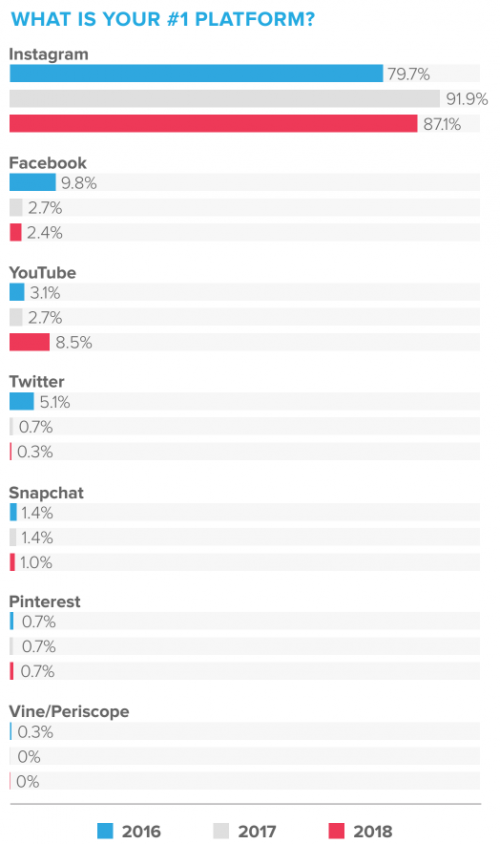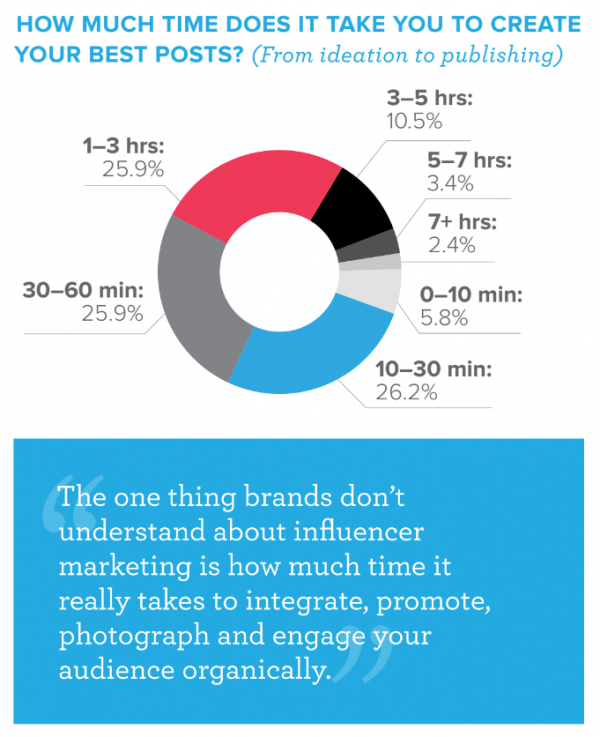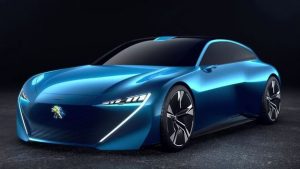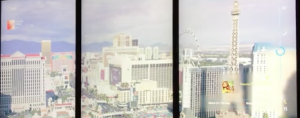When it comes to social selling, many companies and brand believe that content marketing is the secret sauce. But content marketing is not a lead engine when not controlled, qualified and distributed properly. A recent report by Beckon states that the average amount of image and video content from brands created and posted tripled since 2015. But not for the good.
The report finds that 90% of consumer engagement like Likes, shares and comments was generated by only 5% of that branded content. “In other words, 19 of 20 pieces of content pieces get little to no engagement,” it concludes. Considering all the buzz around content marketing that we could hear at digital events like dmexco, these numbers are quite interesting. And the doubtful success some companies pretend to have with it raises the question if marketers are not trying to sell too much with content marketing as Mike Templeman suggests in his latest article on Entrepreneur.
Beckon also shows that the volume of content from some brands is incredibly high. The data service company tracked 29,000 and 50,000 individual pieces of content by each one brand. It becomes clear that companies are wasting content and obviously do not know how to make most out of it. The data of the insights for the report was collected from companies like Coca-Cola Co., Gap, Microsoft, HP, Reebok, and others that Beckon is working with.

Beckon CEO Jennifer Zeszut states in an interview that some brands seem to have the primary key performance indicator (KPI) on content to generate more of it. Obviously the study proves that case with the numbers.
The reports claims that the value of paid versus owned media seems to be unbalanced which seems to be a proper explanation considering how social networks are changing today and becoming more of paid media platforms. Furthermore, the report finds that there is just a 7% increase among its clients in paid or so-called “working” media. Compared to that nonworking spending of their clients increased by 50% year over year, it shows how uncontrolled the budgets are spend in content production.
And despite the fact that programmatic is not everybody darling, the Beckon findings showcase that digital media bought programmatically by their clients generates twice the return on investment of other digital buys. However, just about half of measured digital spending was bought programmatically.
Spot On!
But the question is why this content is not triggering engagement. According to Beckon, often the lack of quality control at companies is a challenge. Many content teams simply overlook the content process by delivering guidelines and checking the produced quantity of content. However, they lack on proper content delivery and distribution. Content marketing is nice tactic but you need to know how to leverage social selling properly with the right strategic KPI set. Then content marketing gives you the right business impact.
Source title picture: https://pixabay.com/de/schüler-eingabe-tastatur-text-frau-849825/











